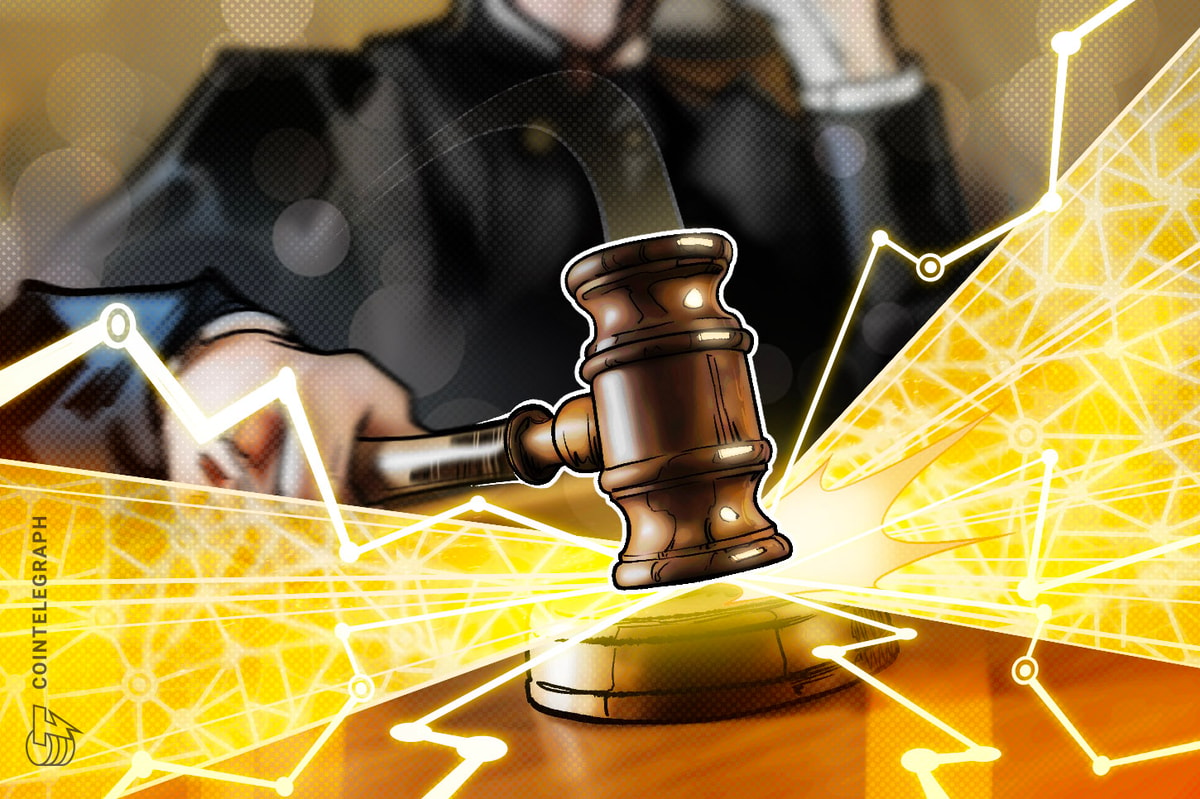The case of LBRY highlights a wave of renewed regulatory pressure that could affect both blockchain token-issuing companies and their investors.In Nov
The case of LBRY highlights a wave of renewed regulatory pressure that could affect both blockchain token-issuing companies and their investors.
In November, an over year-long court battle between the United States Securities and Exchange Commission (SEC) and blockchain development company LBRY and its LBRY Credits (LBC) token culminated in the ruling of the token as an unregistered security, despite the company’s argument of its use as a commodity within the platform.
The court’s decision in this case sets a precedent that could influence not only the regulatory perception of blockchain-based platforms, but cryptocurrencies as well.
The old Howey
Old standards don’t always apply when it comes to the regulation of new technologies.
The LBRY case was mostly centered on the basis of the Howey Test, a framework that came as the result of a U.S. Supreme Court case in 1946, which determines whether a transaction qualifies as a security. While assets like Bitcoin (BTC) and most stablecoins aren’t considered securities under this test, the ruling varies depending on the characteristics of a token, which are subject to change.
The SEC claimed that LBRY was aware of the “possible use” of LBRY Credits as an investment, which was fully embraced by the court in its assessment.
The ruling made by New Hampshire District Court Judge Paul Barbadoro determined that LBRY openly presumed the increase in value of its tokens, leading it to set an expectation for the tokens to act as a “possible investment.”
According to Barbadoro, the fact that LBRY kept tokens for itself and also gave them as “compensation incentives” to its workers meant that there was an intention to show investors that the company intended to increase the value of their blockchain. In other words, the conclusion was that LBRY would count on token holders to understand the company’s staking as a form of value increase of the LBRY Credits.
According to comments made to Bloomberg Law by Patrick Daugherty, head of digital assets at Foley & Lardner LLP, the judge’s ruling lands in uncharted legal territory, as it was based on the presumption of stakeholders seeing staking as a form of value increase — or promise of such — with regard to the tokens issued by the company.
“The court did not cite any legal precedents for this opinion, perhaps because there are none,” Daugherty said.
In the same article, James Gatto, who leads the blockchain and fintech team at Sheppard Mullin Richter & Hampton LLP, said that many of the legal issues found in the LBRY case could be replicated in other projects as well, and recommended crypto companies “adopt a different approach” to avoid copying general legal methods used by token projects. “So many people don’t do it, they just follow what everyone has done,” he said.
Regulatory consequences
Speaking to Cointelegraph, Jeremy Kauffman, founder and CEO of LBRY, described the consequences of the court’s ruling on the case.
The trial’s result had an important financial impact for the company, which has already been declared “almost certainly dead” by its CEO.
Recent: Trust is key to crypto exchange sustainability — CoinDCX CEO
To start, Kauffman highlighted the incredibly high expenses of the trial, pointing out that the company has had to pay millions in legal fees and “has lost tens of millions of dollars in investment money.”
Beyond the financial cost of the trial, the biggest consequence of the ruling is the slowed adoption of LBC tokens, Kauffman says.

“Perhaps worse of all, [we’ve] faced substantial difficulty in adoption from third-party parties like exchanges that are terrified of the SEC,” he stated.
However, despite the immediate impact on LBRY, Inc. as a company, the platform’s blockchain protocol will survive this encounter with the SEC.
“LBRY is a decentralized protocol used by tens of millions of people to share content without any disruptions despite the legal challenges,” Kauffman said. “LBRY as a company is almost certainly dead. But Odysee, the most popular way to use LBRY, and the protocol itself, have a bright future,” he added.
Kauffman didn’t hide his frustration with the result of the SEC complaint, blaming the company’s ultimate fate on the government’s lack of transparency.
“One thing I’ve definitely learned is to not trust the government and to not be transparent. We would have been in a lot better shape if we had acted more secretly and less honestly,” he said.
With uneven and uncertain enforcement regarding digital assets, the goal for blockchain services now is to anticipate any possible scenarios that could be seen as an illicit move — learning as they go — and dealing with potential problems before they escalate.
What’s next?
The court’s ruling regarding LBRY could also affect a current developing case. The SEC’s two-year-old lawsuit against Ripple Labs has similar…
cointelegraph.com
